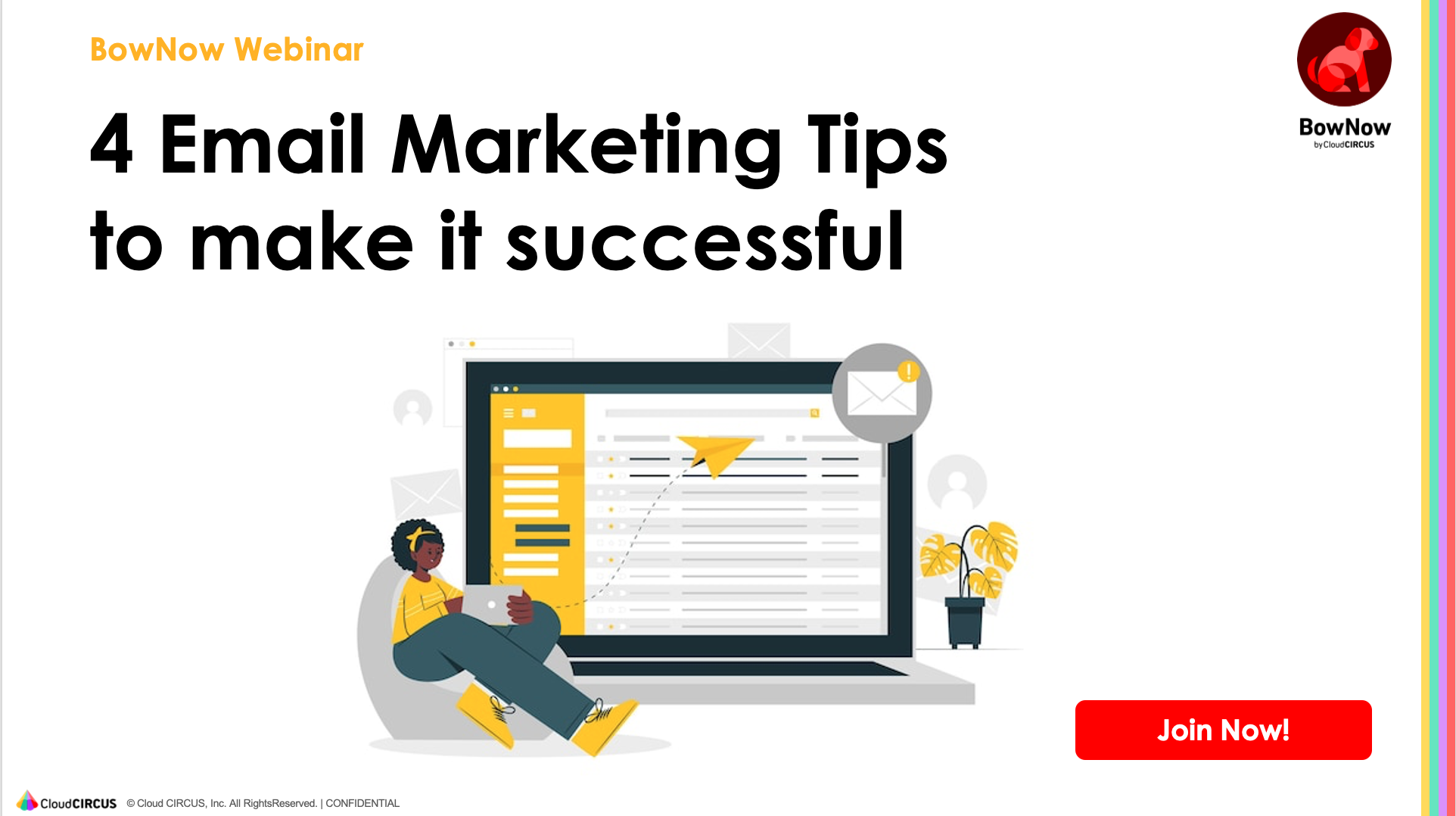From Visitor to Customer: How to Nurture Leads with Automated Email Marketing (vol.5)
.jpg)
Don't let your new leads go cold. Learn how to automatically build trust and turn interested prospects into loyal customers with simple, powerful automated email campaigns. Here are 3 examples you can use today.
From Visitor to Customer: How to Nurture Leads with Automated Email Marketing
In our last article, you learned how Marketing Automation can save your business time and money while increasing sales. Now, it's time to get practical.
Let's start with the heart of Marketing Automation: Lead Nurturing.
What is lead nurturing? It's the process of building a relationship with your leads by providing them with timely, relevant, and helpful information. It’s a way of having a friendly conversation over a few weeks, automatically guiding a prospect from initial interest to being ready to buy.
Why is it a superpower for SMEs? Because most leads are not ready to buy the first time they visit your website. Email marketing automation is the most effective way to stay top-of-mind and build the trust necessary to win their business.
How to Build Your First Automated Email Scenario
An automated email "scenario" or "workflow" sounds complex, but it's just a series of emails that are sent automatically based on a trigger. Here’s how to think about it in three simple steps:
- Choose Your Trigger: A trigger is the action a lead takes that starts the automated sequence. Examples include: subscribing to your newsletter, downloading a brochure, or filling out a contact form.
- Plan Your 'Conversation': What is the goal of your emails? It should be to help, not just to sell. Plan a short series of emails that offers value and builds on the lead's initial interest.
- Write Your Emails: Keep them simple, helpful, and focused. Each email should have one clear message.
3 Simple Drip Campaign Examples You Can Start Today
To make this real, here are three common drip campaign examples for B2B businesses.
Scenario 1: The "Welcome" Series
-
Trigger: Someone subscribes to your newsletter.
-
Goal: Welcome them to your community and show them your value.
-
Email 1 (Sent Immediately): "Welcome & Thank You!"
- Thank them for subscribing.
- Briefly explain what kind of content they can expect from you.
-
Email 2 (Sent 2 Days Later): "Our Most Popular Insights"
- Share a link to one of your most popular blog posts or a helpful guide.
- This provides immediate value and establishes your expertise.
-
Email 3 (Sent 5 Days Later): "How We Help Businesses Like Yours"
- Share a short customer success story or case study.
- This is a "soft sell" that shows how your product/service delivers results.
Scenario 2: The "Brochure Follow-Up" Series
-
Trigger: Someone downloads your company or product brochure.
-
Goal: Provide more detailed information and encourage them to take the next step.
-
Email 1 (Sent Immediately): "Here is the brochure you requested"
- Deliver the PDF document straight to their inbox.
-
Email 2 (Sent 3 Days Later): "A Deeper Look at [Specific Feature]"
- Focus on a key benefit or feature mentioned in the brochure.
- Link to a video or article that explains it in more detail.
-
Email 3 (Sent 7 Days Later): "Do you have any questions?"
- This email should feel personal. "Hi [First Name], I'm just following up to see if you had any questions after reviewing our brochure. Are you free for a quick 15-minute chat next week?" This transitions the lead from marketing to sales.
Scenario 3: The "Post-Event" Nurture
-
Trigger: You manually add a new contact after meeting them at a trade show or event.
-
Goal: To rekindle the connection and move the conversation forward.
-
Email 1 (Sent 1 Day Later): "Great to meet you at [Event Name]!"
- A simple, personal note to remind them of who you are and where you met.
-
Email 2 (Sent 4 Days Later): "Following up on our conversation"
- Share a resource (like a relevant case study or blog post) that relates to what you discussed.
-
Email 3 (Sent 1 Week Later): "Next Steps"
- A clear call to action, such as suggesting a short demo or a call to discuss their needs further.
The Golden Rule: Be Personal and Helpful
The goal of lead nurturing is to build a relationship. Use the features in your MA tool to personalize emails with the contact's name or company name. Always focus on providing value first. If you are consistently helpful, they will be much more receptive when you eventually ask for the sale.
Start Your First Conversation, Automatically
You don't need to create dozens of complex scenarios. Start with one. Pick the trigger that is most common for your business—like a new subscriber or a brochure download—and build your first simple, three-part email series.
By automating these initial conversations, you ensure that every lead is valued and nurtured, giving you the best possible chance to turn them into a customer.
Email is a powerful way to talk to people who have given you their contact details. But what about all the other valuable prospects who visit your website but don't fill out a form? In our next article, we will show you how to uncover these "hidden" leads and turn anonymous visitors into real opportunities.
Read next title :
Uncover Hidden Leads: How to Identify Potential Customers Visiting Your Website (vol.6)
(rev1)

.jpg)
.jpg)
.jpg)


